Pilatus PC 21, 1/32 scale Scratch Built, Part 2
Well after all the Christmas food, I decided that I need some exercise, so I got back to work.
Here are the steps I took to get to where I am now, this has taken about a day and a half, with the odd break in between.
- After I had glued all the ribs on the 2 Fuselage silhouettes, I started to glue Balsa wood blocks in between the ribs.
- After the gluing was completed I started to sand down the Balsa wood to conform with the ribs and that gave me the shape of the fuselage.
- I then coated the Balsa wood with thin super glue after the shaping to harden the Balsa wood, then I filled all the little holes and defects with Tamiya Putty, and when that was dry, I took a semi coarse sand paper and smoothed it all down.
- I then had to cut the fuselage in 2 pieces as it was too big for the Vac machine.
- Cut the plastic for the Vac machine, and started Vac forming the fuselage halves.
- Trimmed the plastic to size and sanded the fuselage halves to get a good fit when I join them later.
- Installed the fuselage ribs that I cut from plastic card, to stiffen up the fuselage and make the halves easy to handle and line up with the front cockpit section of the fuselage.
I am busy shaping the front cowl for the PT 6 motor that I want to open, then I will vac form that and try the complete fit with all the pieces...Phew that was tough, I prefer using my hands when I try to explain something.
If you guys need any additional explanation, or if I am a bit vague in the above explanation, send me a PM, and I will explain in more detail.
HAPPY NEW YEAR GUY's.
Marc
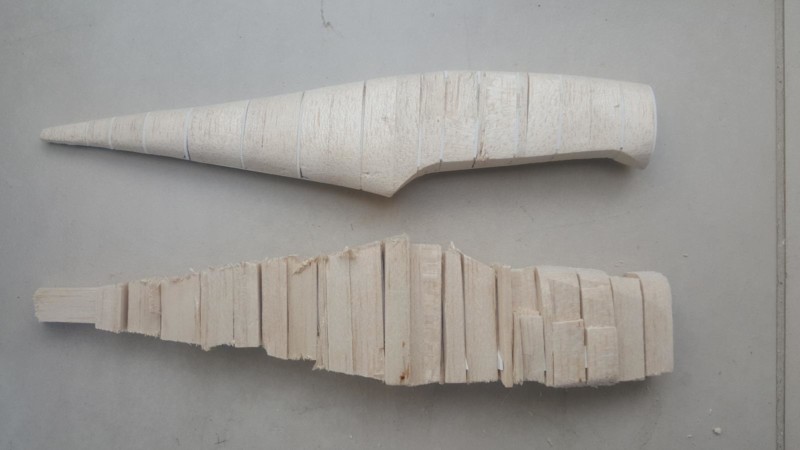
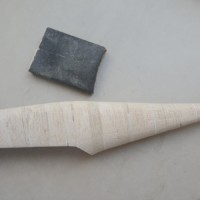
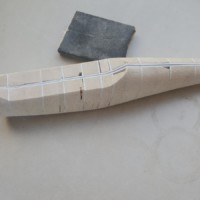
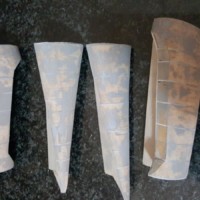
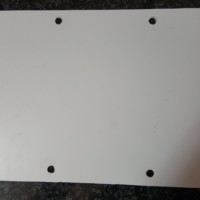
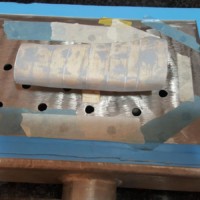
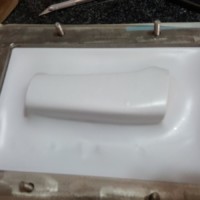
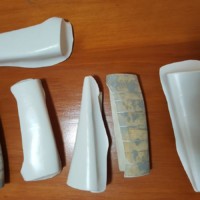
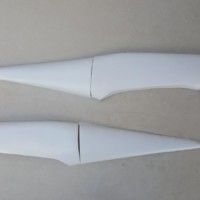
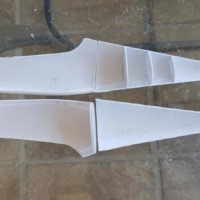
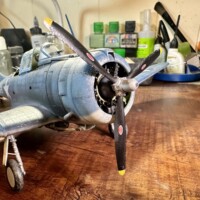
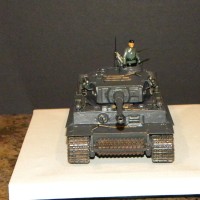

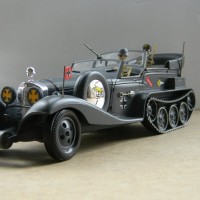
Happy new year, Marc, keep up the good work, should have this one finished by Easter!
Happy new year George, all the best.
Some of us "build models", and then there are those people that BUILD MODELS. Incredible, Marc.
Well Craig, I try to build models, thanks for your kind words as always, Happy New Year.
Marc - That's ingenious. I wondered how you managed to vac form the fuselage. All the DIY vac forming articles I've looked at seem to deal with canopies which I guess is where most people draw the line unless they've built the cunning box that you have to manage larger elements. I'll PM some questions to you if you don't mind. I'm just finishing drawing the plans for the Nibbio I hope to do. I'll attach an article that may explain why I'm taking this on.
Paul
Hi Paul, It really flatters me that you think I know so much, I will have you know that most times I am like a blind man in the dark groping for idea's to sort out problems. You can PM me anytime for help, always available Buddy.
Marc - Whatever your knowledge/talents you're forgetting that old potatoe "In the kingdom of the blind, the one-eyed man is king".
Paul
HA HA HA, well said Paul, I could not agree with you more, let me wipe the tears from my eye's and get back to some building.
This is true craftsmanship !
I like the vacuum box too ... The welds on it look great ! Did you make it ?
I have been gathering materials to make a vacuum forming box over the last few months...
Thanks for the updates, and Happy New Year my friend.
Hi Louis,
Yes I did make it, I had one of my welders on site make it for me out of 316L Stainless steel, that's why the welds look so good, its all co2 argon welded, It works great too. I also use an old vacuum cleaner. Thanks for you comment.
Happy New year to you and the family.
For me this is a prime example for “things I always wanted to know, but never dared asking”.
Many thanks, Marc.
Great, as long as we can learn from each other, then this hobby still has a lot of life left.
I love scratch builds!
Please keep us regularly updated. There is so much to be learned from scratch builds.
Good luck with the model.
Thank you Ulf for the comment, yes indeed I will keep you all updated, I am having fun with this one.
Love this stuff.
Cheers Rob
Marc - WOW! Very interesting!
Hey Jeff, thank you.
That's a real "industrial strength" vacuform. Perfect for scratch building. This looks interesting.
A great challenge, a lot of work ... but as you can see, the progress is good. I admire modelers with such skills ... I'm eager to see the next stages of your work
Wow Marc - looking great! I really don't like working with vac formed stuff - even just canopies, so can't imagine having to get it into vac formed shape to begin with! More power to you!
Hey Greg, Don't know about power, but I'll take what I can get.